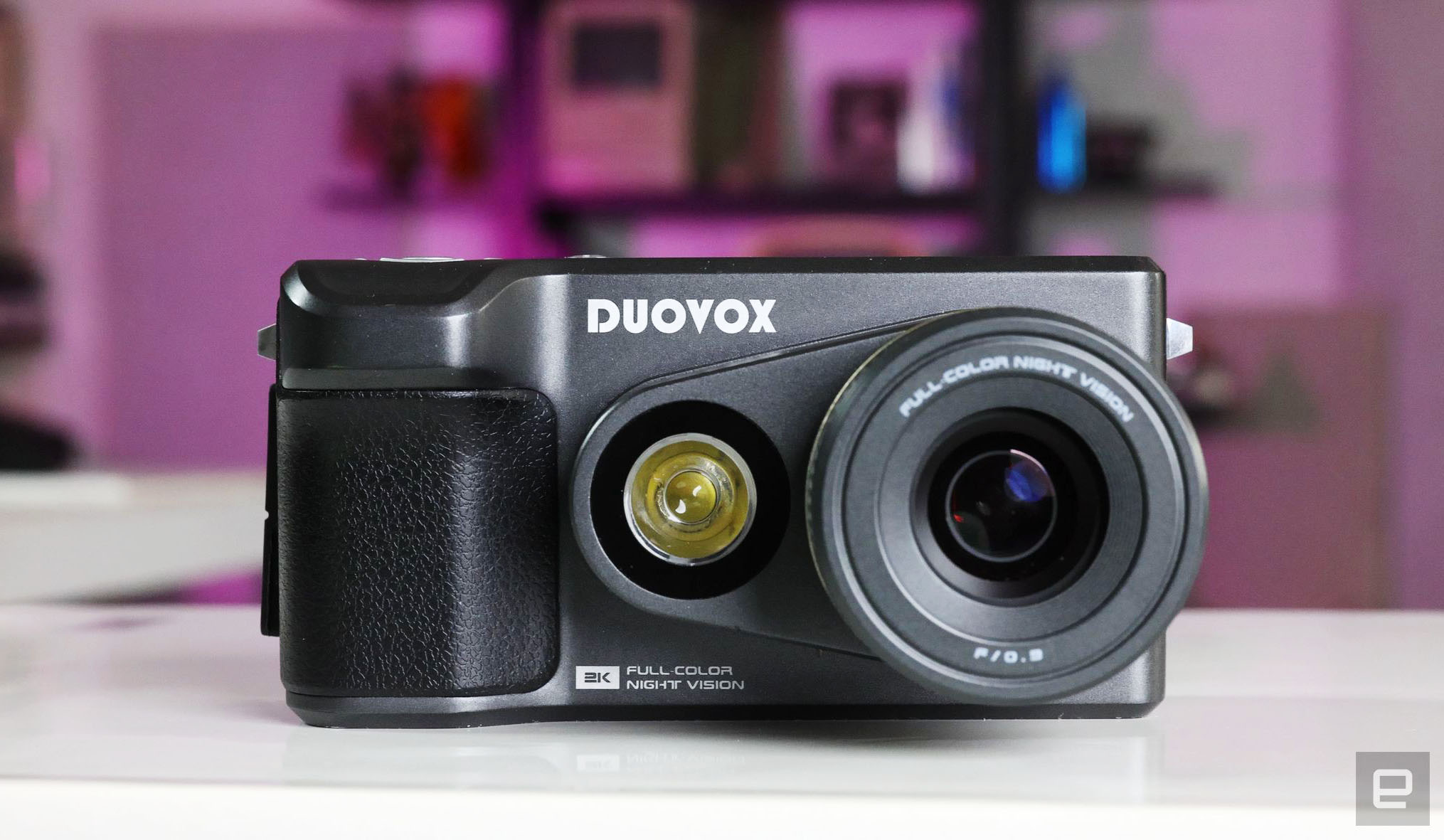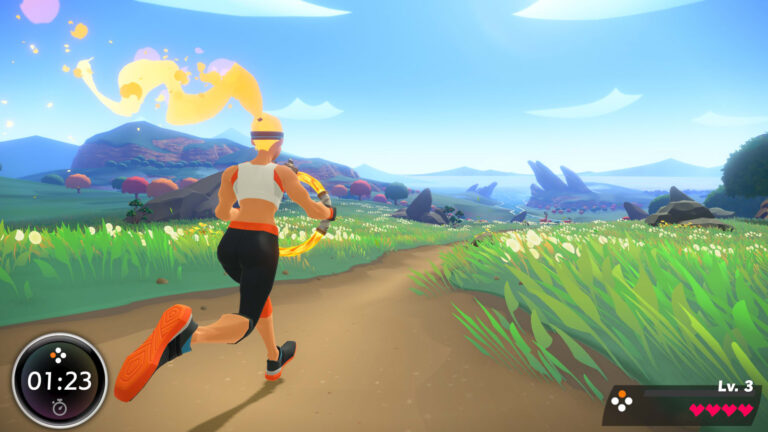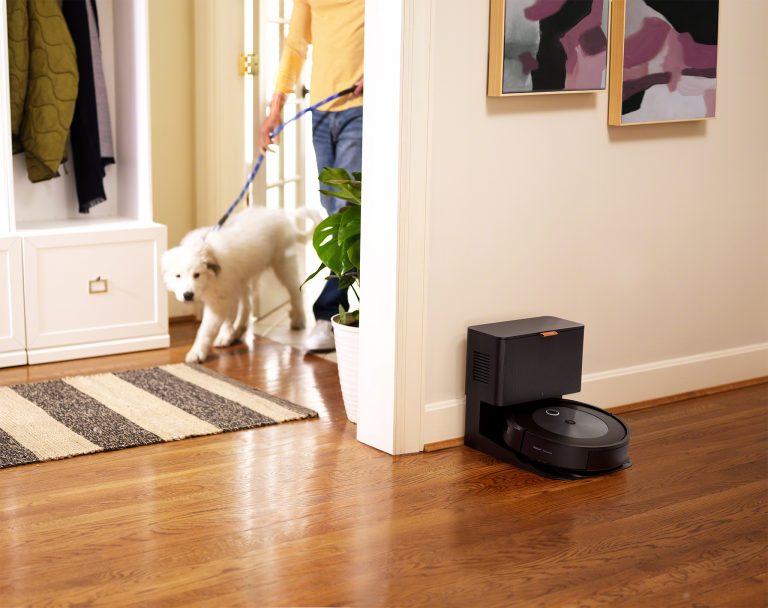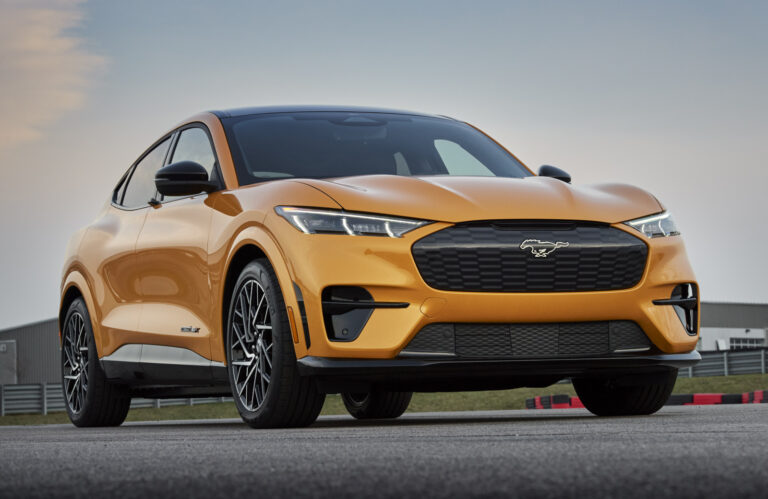DuoVox Mate Pro: A fun but imperfect night vision camera
Smartphones and cameras are better than ever for night shooting, but there are still a lot of caveats. You have to hold your phone still to get decent photos as multiple exposures are added together, and video is out of the question. However, there’s an emerging category of cameras dedicated to shooting in the dark using sensitive CMOS sensors and even infrared capability.
Some of those models are designed for commercial or military purposes, like SPi Infrared’s incredible X27 color night vision camera, but a few new models are aimed at consumers. One is the DuoVox Mate Pro, featuring a Sony STARVIS 2 CMOS surveillance camera sensor that’s supposedly a thousand times more sensitive than the latest smartphone sensors.
It promises clear colors images in extremely low light, where a smartphone or your eyes would see nothing. It also offers features like face detection, 2K video and more. It just launched on Kickstarter for $599, a fair amount of cash, so how does it work? I was able to get my hands on one to test it out.
Body and features
Gallery: DuoVox Mate Pro: A fun but imperfect night vision camera | 13 Photos
Gallery: DuoVox Mate Pro: A fun but imperfect night vision camera | 13 Photos
The camera is small and light but somehow bulky, weighing just 216 grams and measuring 4 inches wide by 2.1 inches tall. However, the lens juts out three inches, so it’s not even remotely pocketable. You wouldn’t want it in your pocket anyway, as it doesn’t come with a lens cap.
Controls are pretty simple, with a power button, shutter release and four directional buttons that activate different menu settings. You also get a microSD slot that supports up to 512GB cards, plus a USB-C port for charging, powering the camera and file transfers. Most control is done using the three-inch fixed touchscreen that’s bright enough to use in sunlight, which is nice but ironic for a night vision camera.
The settings are specific for night-type shooting, so they’re not what you’d find on a typical camera. For example, it has an instant recording video mode that starts the moment the camera is powered up, in case you see a deer and want to shoot quickly. It also uses a wayback mode that records continuously, but only keeps the footage if you hit the record button. Other video settings include a loop mode, timelapse mode and motion detection (for wildlife traps, for instance).
For photos, you get a quick capture mode that takes an image when the camera is powered on and face detection that automatically takes a photo when specific people are detected. You can also set things like screen brightness, quality and more.
The Mate Pro also has some decent wireless features. By setting it as a hotspot, you can connect your smartphone and use the accompanying Roadcam app to transfer images and control the camera remotely. I used it when I attached the camera to the hood of my car so I could trigger video recording remotely.
Image and video quality
Gallery: DuoVox Mate Pro: Sample Gallery | 16 Photos
Gallery: DuoVox Mate Pro: Sample Gallery | 16 Photos
The main attraction of this camera is the 1/1.8-inch Sony Starvis 2 CMOS sensor that’s far more sensitive than conventional sensors. It lets you shoot 3,200 x 1,800 images and 2,560 x 1,440 video at 30 fps. It’s not an infrared camera, but it can detect near-infrared light and is sensitive down to .0001 lux, equivalent to a moonless overcast night sky.
Bear in mind that the sensor is designed for security cameras, so image quality likely wasn’t Sony’s first priority. DuoVox does use AI stacking to get the best exposure and keep noise down, but it’s essentially shoehorning an industrial part into a consumer product.
The 7-element lens has a fast f/0.9 aperture and equivalent full-frame focal length of about 70mm. That’s very long, and the minimum focus distance is also very long, somewhere between 10-20 feet – so it’s not at all useful for shooting close objects. If you’re in a very low-light situation, it has a powerful built-in light with three different brightness levels.
I took the DuoVox Mate Pro out at night in a variety of situations to test it out. I had clear skies but no moon, so it was pitch black outside of any towns.
As I quickly discovered, this camera needs some light to work. When I pointed it at some trees, a field and a sky, everything was pitch black except for the sky. It could see stars and clouds, but the image was extremely grainy.






